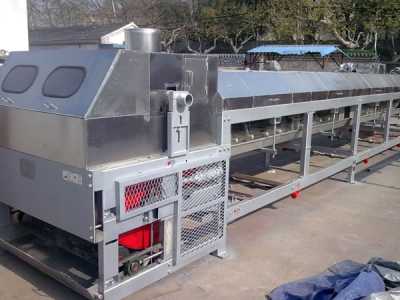IPG Pastillator Machine: Precision Cooling and Solidification for Industrial Applications
Wiki Article
In modern industrial processes the place that the solidification of liquid materials is critical, the https://www.pastillatorsystem.com/pastillator-machine/ has emerged as a trusted solution for efficient and high-quality production. Designed to convert molten materials into uniform solid pastilles, IPG’s pastillator systems offer unparalleled performance with regards to cooling speed, product consistency, and automation. These machines are essential in industries like chemicals, petrochemicals, food processing, and specialty materials.
What Is an IPG Pastillator Machine?
The IPG Pastillator Machine is often a specialized kind of cooling and solidification equipment manufactured by IPG (International Process Group), an organization known for its expertise in thermal processing and material handling systems. This machine transforms hot, liquid materials into small, round solid drops (pastilles) by depositing them onto a cooled steel belt. As the pastilles move along the conveyor, they solidify and so are collected for packaging or further processing.

Key Features of IPG Pastillator Machines
✅ 1. Rotating Drop Forming Head
The IPG pastillator uses a rotating drum or drop former with precision nozzles or orifices. This ensures uniform droplet size and spacing, causing consistently shaped pastilles.
✅ 2. Stainless Steel Cooling Belt
A continuous stainless steel belt cooled by water or glycol circulates underneath the droplets. This ensures rapid and also cooling, crucial for temperature-sensitive products.
✅ 3. High Throughput and Efficiency
IPG machines are engineered for 24/7 industrial operation, with customizable widths and outputs. Capacities range from 100 kg/hour to many tons by the hour, depending on product type and machine size.
✅ 4. Clean and Contamination-Free Operation
The closed design and easy-clean components help alleviate problems with contamination, making it suitable for food-grade and pharmaceutical applications as well.
✅ 5. Low Energy Consumption
Unlike traditional flaking or granulating methods, pastillation minimizes waste, dust, and use and keep high yield and purity.
Applications of IPG Pastillators
IPG Pastillator Machines are versatile and handle lots of molten substances, including:
Sulphur
Waxes and resins
Stearic acid
Bitumen/asphalt
Fertilizers (e.g., urea)
Hot melt adhesives
Pharmaceuticals
Food ingredients (e.g., cocoa butter)
Benefits of Using an IPG Pastillator Machine
Precision solidification: Consistent size, shape, and cooling of pastilles.
Improved product handling: Solid pastilles are simple to package, store, and transport.
Less dust and fines: Compared to flaking or prilling systems.
Modular and scalable design: Machines could be tailored to match both pilot plants and full-scale industrial operations.
Low maintenance: Durable construction with minimal moving parts encountered with wear.
How It Works: The Pastillation Process
Molten Product Feed – Liquid material is fed from a heated tank to the drop-forming system.
Droplet Formation – A rotating drum with drop nozzles deposits uniform drops to the cooling belt.
Cooling and Solidification – As the droplets move across the belt, they cool and solidify.
Discharge – Solidified pastilles are scraped off of the belt and conveyed with a storage bin or packaging system.
Why Choose IPG?
Over twenty years of global experience in process engineering
Custom solutions tailored to client material and throughput needs
Systems designed to meet CE, ATEX, or FDA requirements
Strong after-sales support and training programs
The IPG Pastillator Machine is really a powerful tool for industries which need precision cooling and forming of molten materials. Its ability to produce clean, uniform, and easily manageable pastilles can make it a preferred option for improving product quality and process efficiency. With a modular, hygienic, as well as-efficient design, IPG’s pastillator systems are setting new standards for reliability in thermal solidification processes.